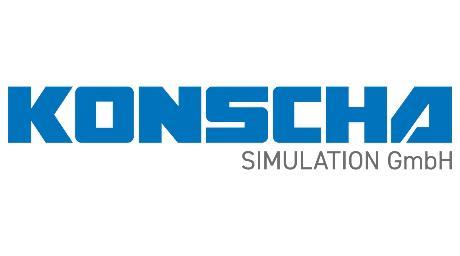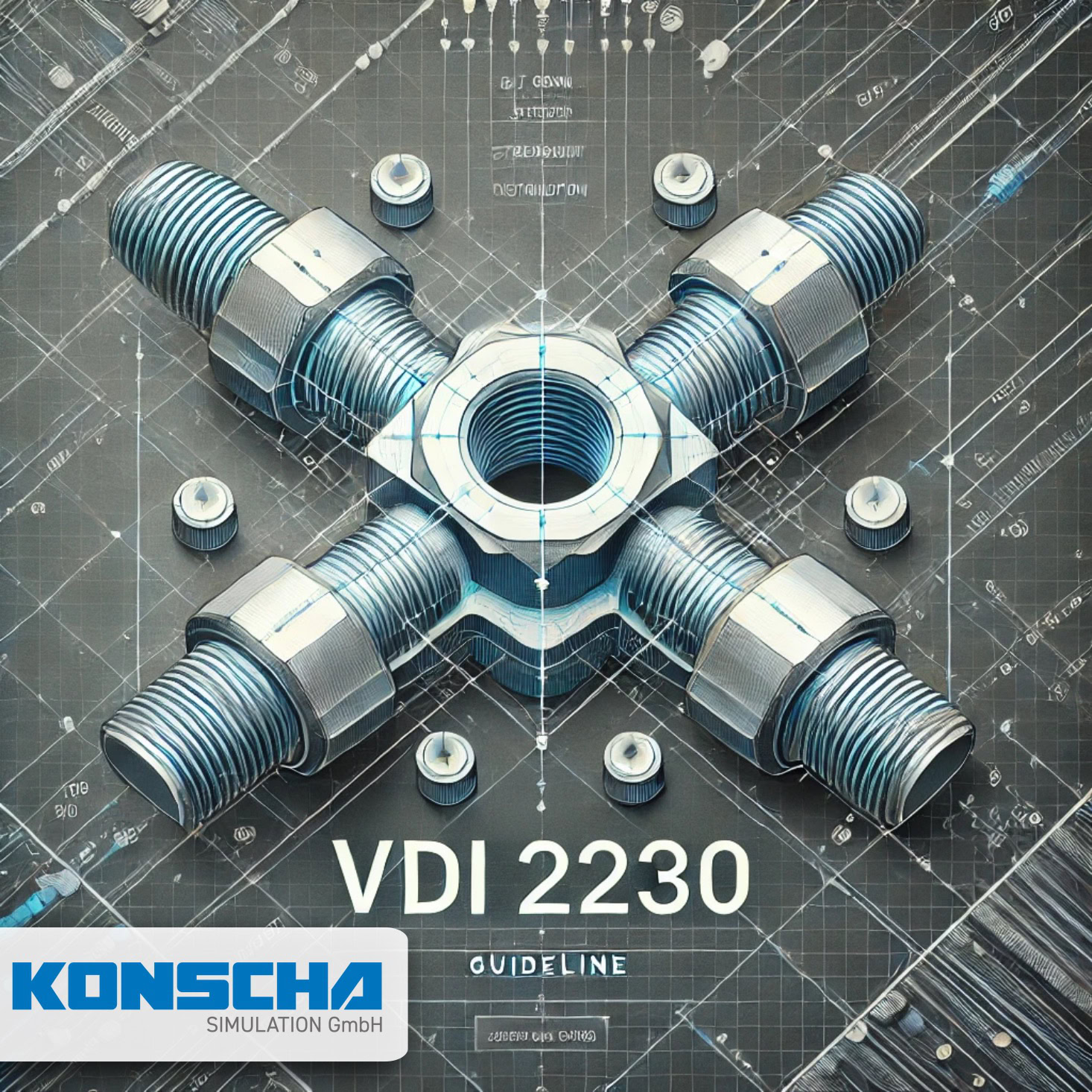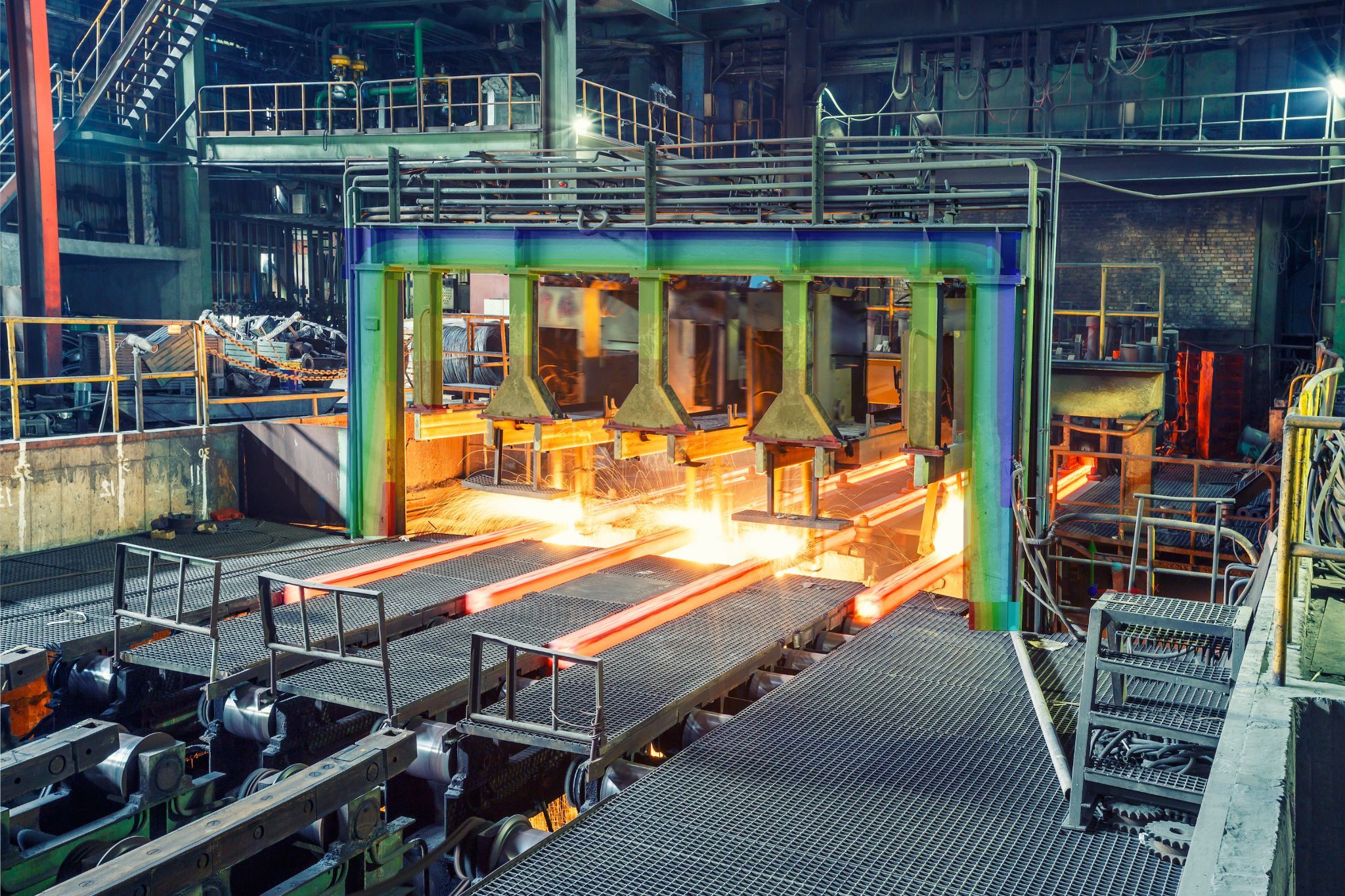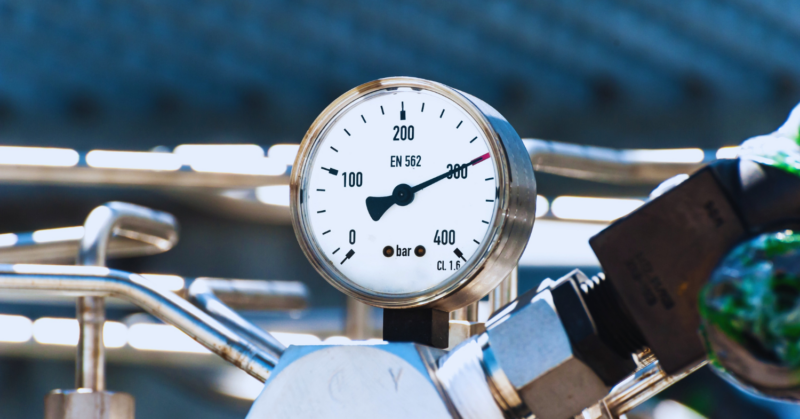Mixing is a prevalent phenomenon in sectors such as the food and chemical industries. Although it is widely used, the physics involved is quite complex and still partially unexplored. This poses a challenge, particularly with regard to reliable and accurate predictions of the relevant variables (e.g. mixing time).
There are a few analytical models described in the literature, but these have some limitations and are therefore rarely applicable in the everyday life of an engineer. In most cases, these models do not take into account problem-specific parameters such as container shape, fluid properties or similar.
Design of mixing tanks with the help of CFD modeling
On the other hand, CFD modeling has proven to be a useful tool for the simulation of mixing processes. The degree of complexity of the modeling depends to a large extent on the problem-specific parameters and the objective of the simulation. It is often possible to reduce the complexity of a problem by making suitable assumptions.
With regard to the design of mixing tanks, these can be divided into two different categories: agitator tanks and jet mixing tanks.
1. agitator tank
In agitator tanks, as the name suggests, mechanical components, typically a series of paddles connected to a power source, are used to move the liquid. In jet mix tanks, on the other hand, the liquid is constantly drawn out of the tank and pumped back in in a closed circuit, providing energy for agitation.
2. blast mixing tank
Especially with jet mixing tanks, longer mixing times occur if the operating parameters such as flow rate and nozzle diameter are not optimally defined. In such cases, it is therefore advisable to carry out a CFD calculation in order to optimize or initially define the operating parameters. CFD simulations are also helpful in the design of mixing tanks, among other things. They can help to identify so-called dead zones where no mixing is achieved. The geometric parameters can then be adjusted in the design to minimize or completely avoid these zones. This is particularly acute for blast mixing tanks that are reused within an industry and are not optimized for their current application. Often, significant improvements to the process can be achieved by cleverly adding baffles or making other minor design changes.
Challenges in the CFD simulation of mixing processes
What influences the complexity and effort of a CFD simulation?
The complexity of the CFD model also depends on the type of mixture. For example, it is much easier and cheaper to simulate a single-phase mixture than a multiphase system. Sometimes it makes sense to assume multiphase systems as single-phase if the mixture types have similar viscosity and density with negligible surface tension at the interphase. Different models are used for the simulation of miscible and immiscible fluids. The main difference is the surface tension at the interface of an immiscible mixture, which restricts diffusion. For agitated tanks, however, the complexity of the modeling depends on the size and speed of the rotating components.
Modeling approaches for mixing tanks: efficiency vs. accuracy
There are various modeling approaches for simulating mixing processes, each of which represents a compromise between computational effort and accuracy. The choice of the right method depends on the specific conditions in the mixing tank, in particular the rotational speed and the overlap of the moving areas.
Here is an overview of the most common approaches:
1st MRF (Multiple reference frame)
The MRF approach offers the most cost-effective solution from a mathematical point of view. However, it is only suitable for processes with higher rotation speeds and non-overlapping rotation zones.
2. sliding network
The approaches with sliding or moving mesh are suitable for lower speeds and in cases where the rotating blades are in an overlapping zone.
3. moving network
The animation in this article shows the mixing of two immiscible liquids. The model consists of two blades that move at low rotational speed and enclose an overlapping area. The mixing phenomenon is simulated with a moving mesh.
Example: Modeling a mixture of two immiscible liquids with a moving mesh
KONSCHA Simulation – Your partner for the simulation and modeling of mixing processes
We have made the experience that especially when experienced employees leave the company, valuable knowledge is lost that is not replaced. At KONSCHA Simulation, we can provide support and advice to avoid this or to fill such a gap. Thanks to our many years of experience in the field of simulations, we are able to develop tailor-made optimizations in order to always achieve the best solution for our customers. So if you are faced with the task of improving one of your systems or you need more in-depth insight into your processes, please contact us for a free, no-obligation consultation.







